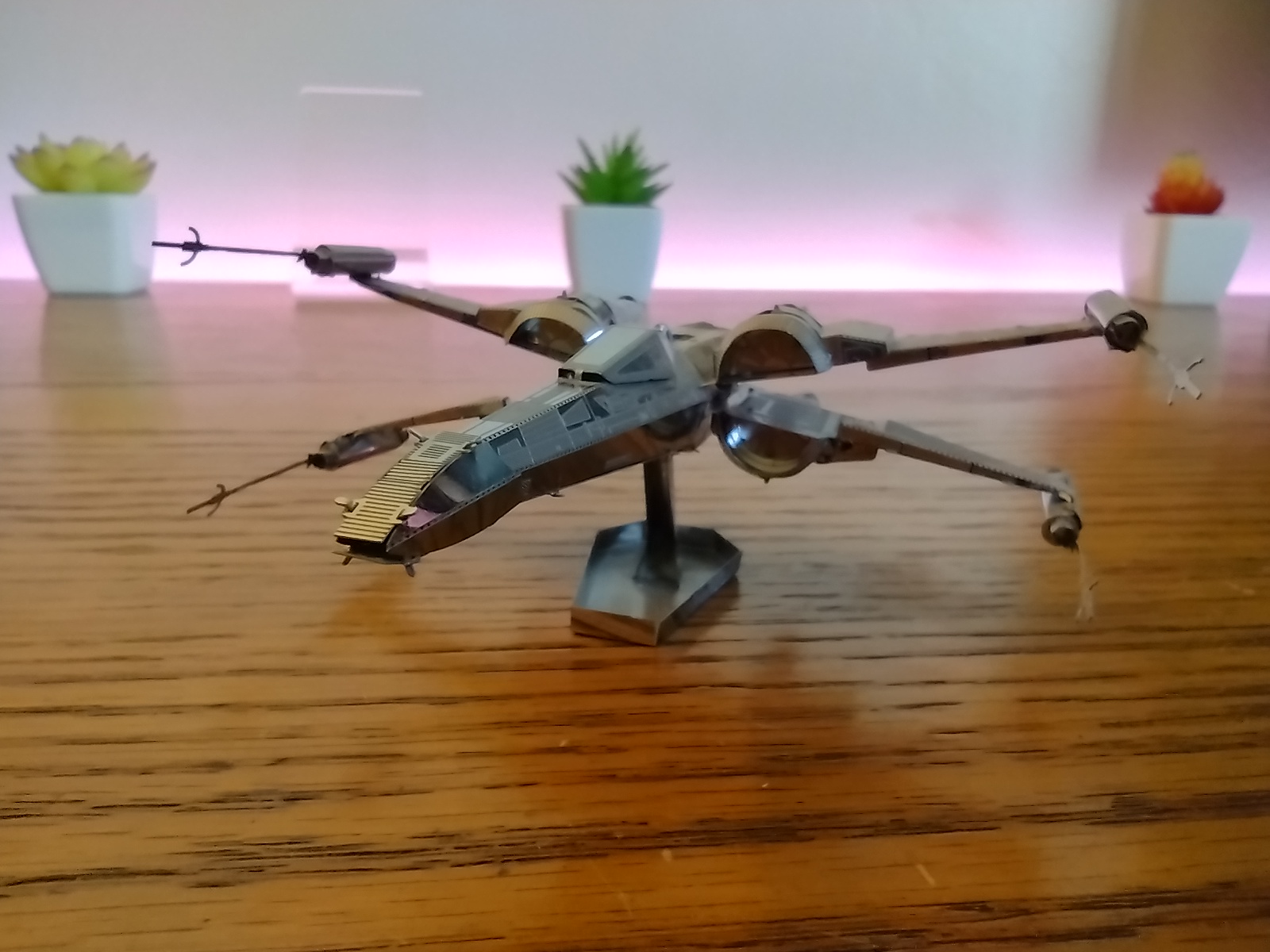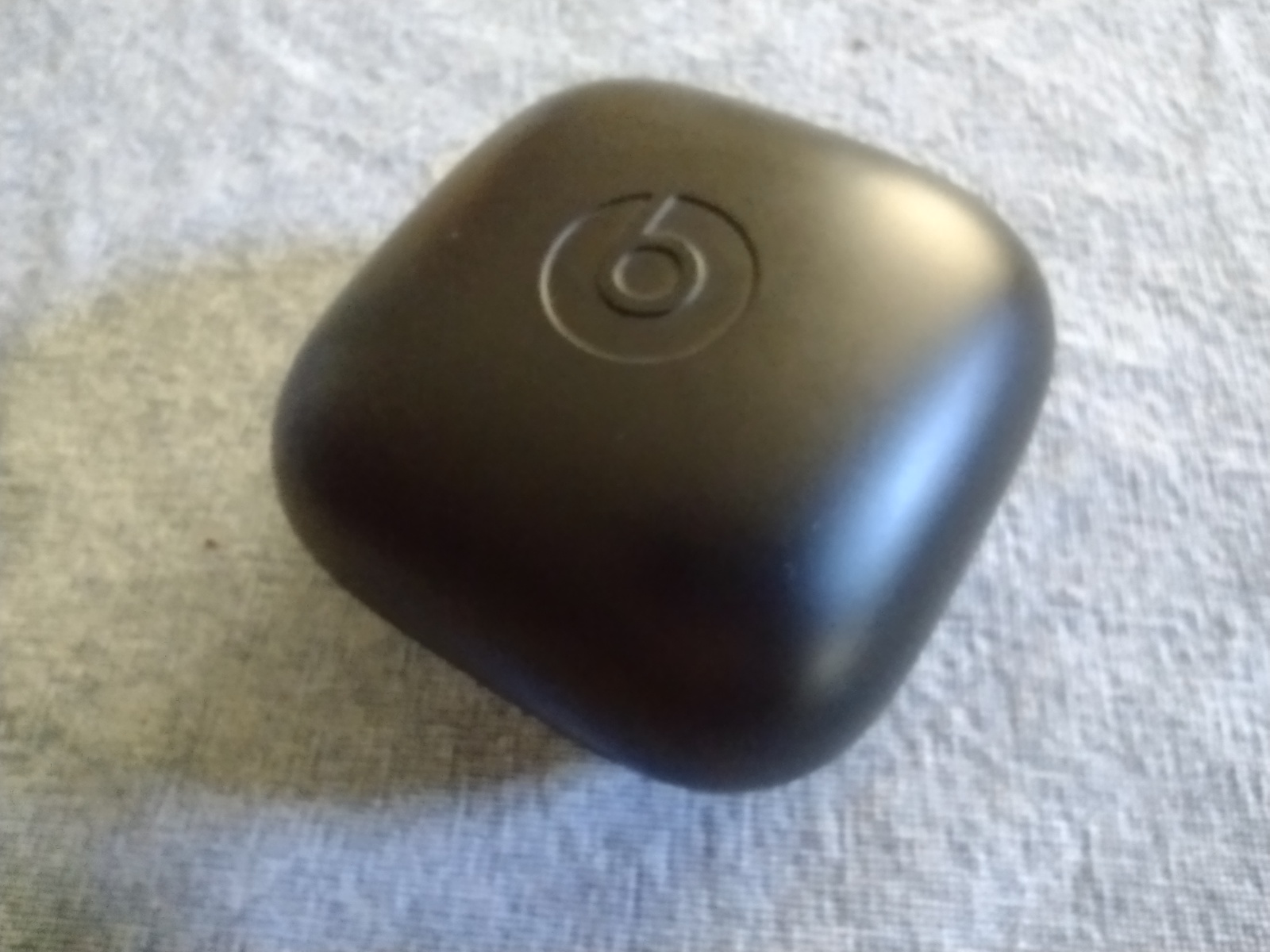The trend of adding more and more cameras to our smartphones has made for far better camera systems, especially on the high end. The Samsung Galaxy S21 Ultra, anyone? But it has also given rise to the feeling that more cameras always makes for better photos, and as a result, companies have been making sure to include multiple cameras on every phone.
The worst offenders? The 2-megapixel macro cameras that seem to appear on every phone under $350 these days. A few devices in the new Moto G series have them. Recent TCL phones have them. Even the more expensive OnePlus 8 has one. They add literally nothing to the photography experience, and only serve to say the phone has one more camera than a competitor. Yuck.
Macro as a concept
To be clear, there’s nothing necessarily wrong with macro cameras. Sometimes they can be kind of fun. A macro camera lets you get super-close to a subject to capture fine details on a miniature scale. Usually, it requires a dedicated camera with a large lens, but the same can be accomplished on a smartphone if the components are right.
I personally would much prefer to have the trifecta of a wide, ultrawide, and telephoto, before there’s a discussion about a macro lens. With those three cameras, a phone camera offers an incredibly versatile experience. But a macro camera, if added to the versatility of a multicamera setup, can provide some value and an interesting shooting option.
But many smartphone makers get around using a macro camera altogether — without skipping macro photography. The Samsung Galaxy S21 Ultra, for example, uses its ultrawide camera for macro photography. Its A.I. automatically detects when the object is less than 10 centimeters away, and switches to the so-called “Enhanced Focus” mode.
There’s nothing wrong with macro cameras. There’s everything wrong with bad macro cameras.
Dedicated macro cameras aren’t necessary for macro photography. After all, if the best of the best phones don’t have a macro-only camera, but can still take excellent macros, then why include the extra lens?
Well, we know why: So that a company can claim that its phone has two, three, or four cameras — and so it looks like it has the ability to take better or more varied photos, even when it doesn’t. Those cheap macro cameras, after all, don’t cost much. An extra high-quality sensor with an ultrawide lens and autofocus, like the S21 Ultra’s, is much more expensive.
Garbage in, garbage out
Of course, there are times when we can look past the inclusion of a macro camera on a phone: When the macro camera actually takes solid photos. Both the Motorola One 5G and Samsung Galaxy A51 can take decent macro photos in the right environment, using higher-resolution 5MP sensors. The OnePlus 8T has the better sensor, too, seriously improving on the macro experience found on the previous OnePlus 8.
The real problems arise with the aforementioned low-resolution, 2MP macro cameras that seem to have shown up on every budget phone. Phones with higher-resolution sensors actually have what’s necessary to get a crisp and detailed macro shot, but 2MP is just 1920 x 1080 resolution — that’s horrible, and entirely incapable of getting a crisp shot. The entire point of a macro photo is to get up close and show off the detail of the subject, and it’s literally impossible with just 2MP.
Take a look at some of the “gold” we’ve taken with these subpar macro cameras below. Colors are dull, the camera has a hard time focusing (if they have autofocus at all), night mode is nonexistent, and even in ideal lighting and with time spent getting the right focus, there’s little detail to speak of.
As you can see, these aren’t stellar cameras. In fact, they’re just downright bad. Nobody wants to look at any of these photos, or would be impressed by them. Phone manufacturers would be doing right by their customers to only include one good camera rather than two (or three) mediocre ones. Adding these dedicated macro shooters is the most egregious example of letting marketing and spec sheets take precedent over actual customer experience.
Hopefully, the tacked-on subpar macro camera is a trend that will die in the (very) near future. Until then, don’t be fooled by the addition of a 2MP macro shooter — if you want to take macro shots, there are cameras with good macro sensors out there.







